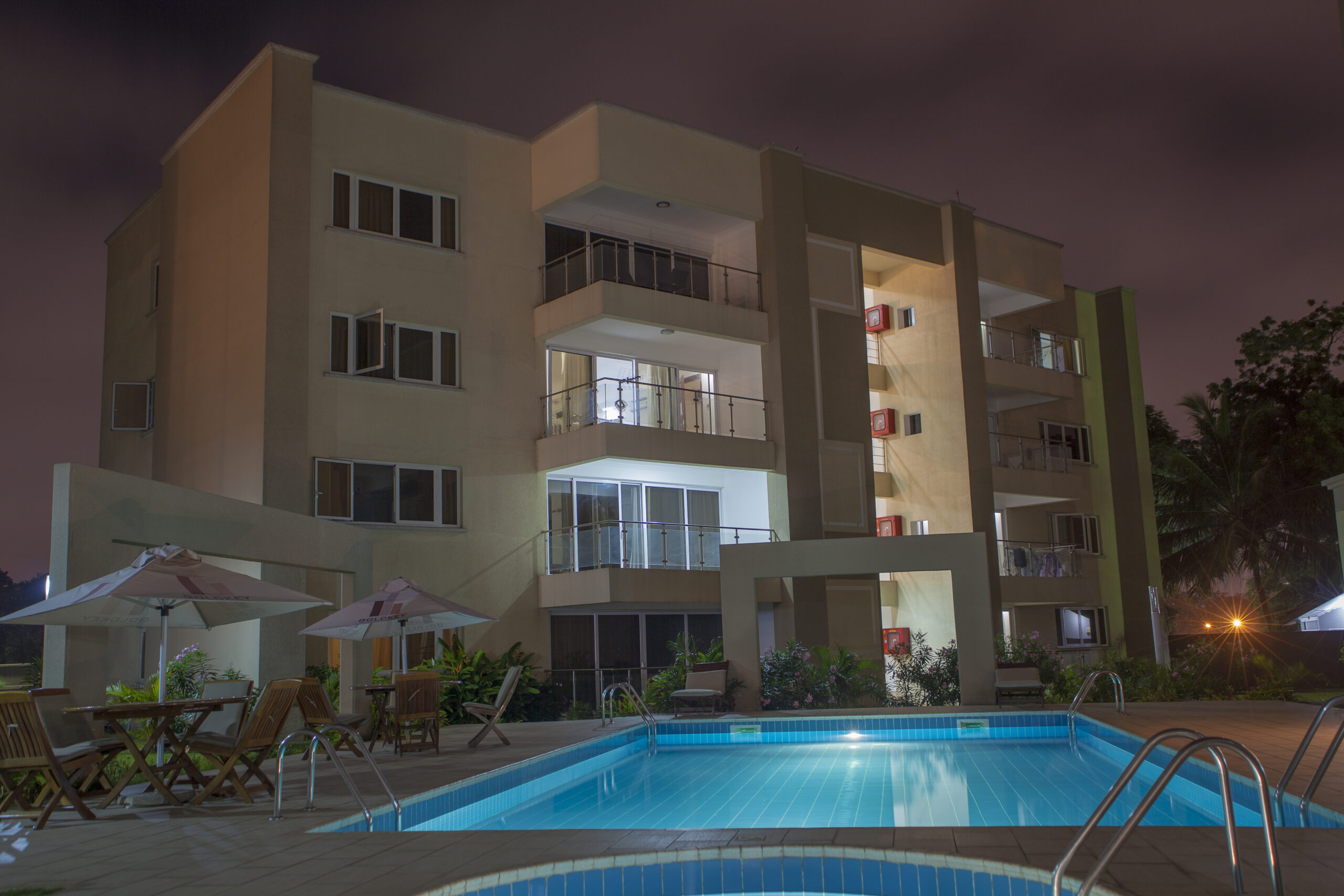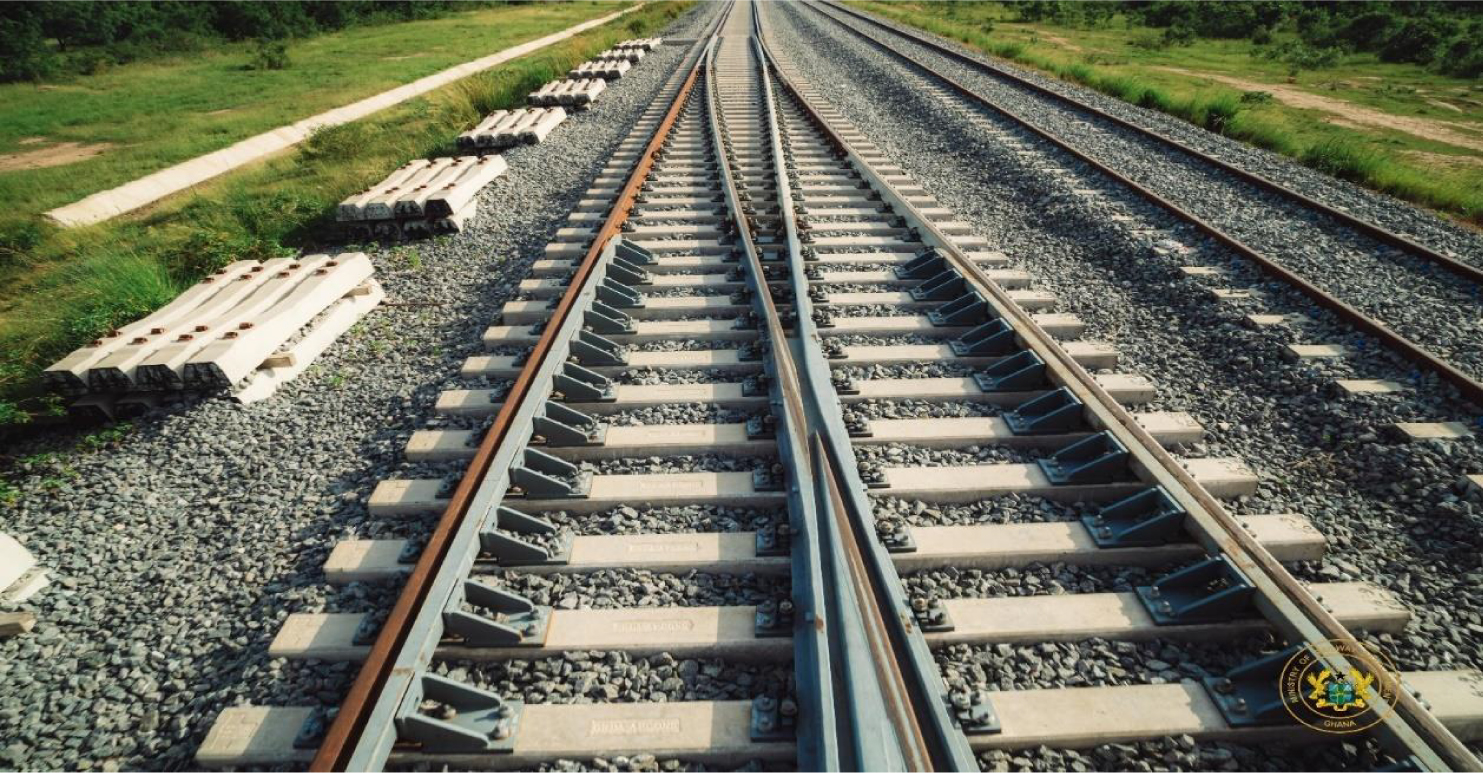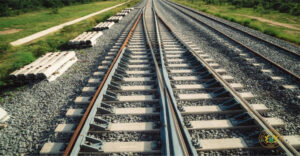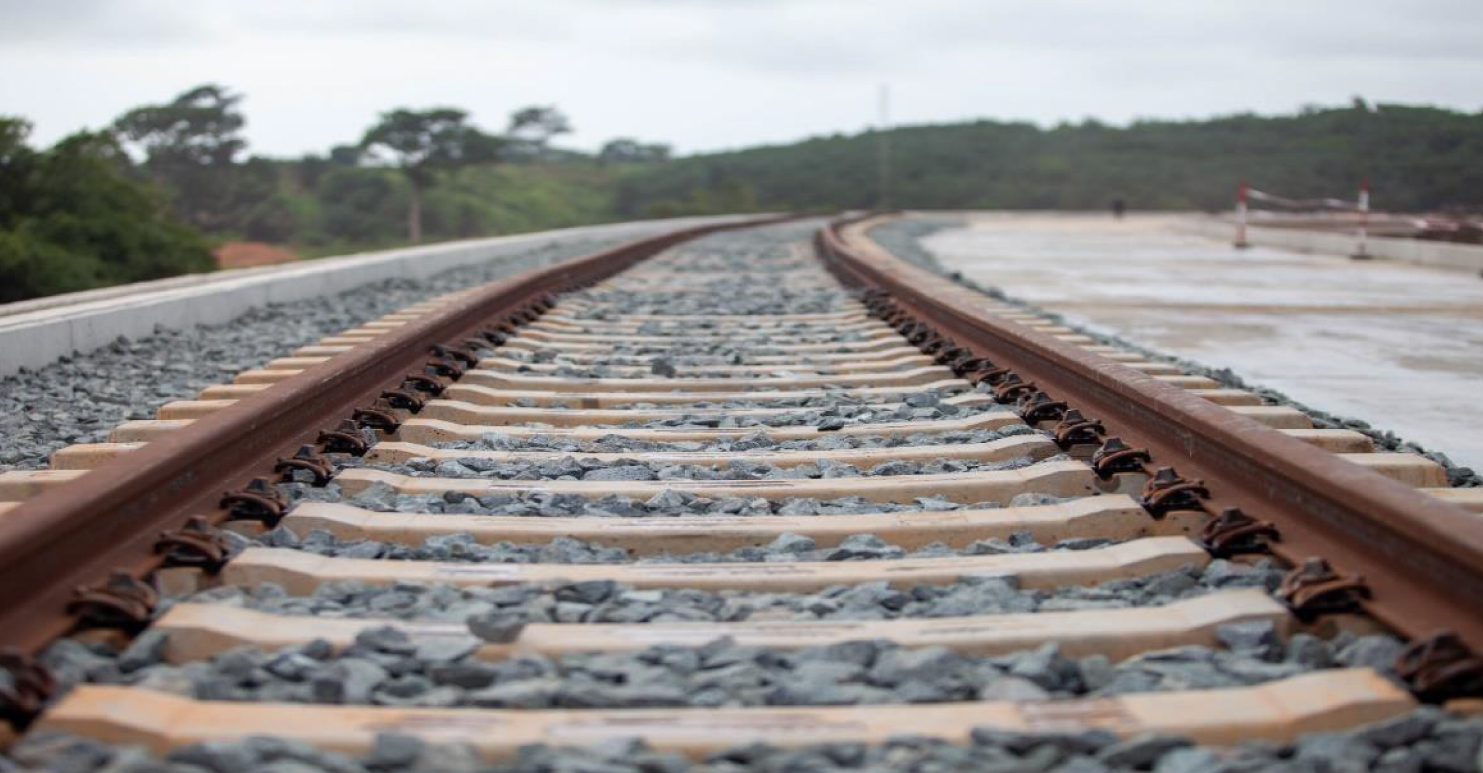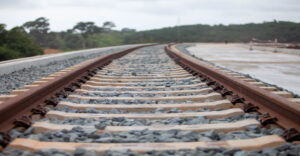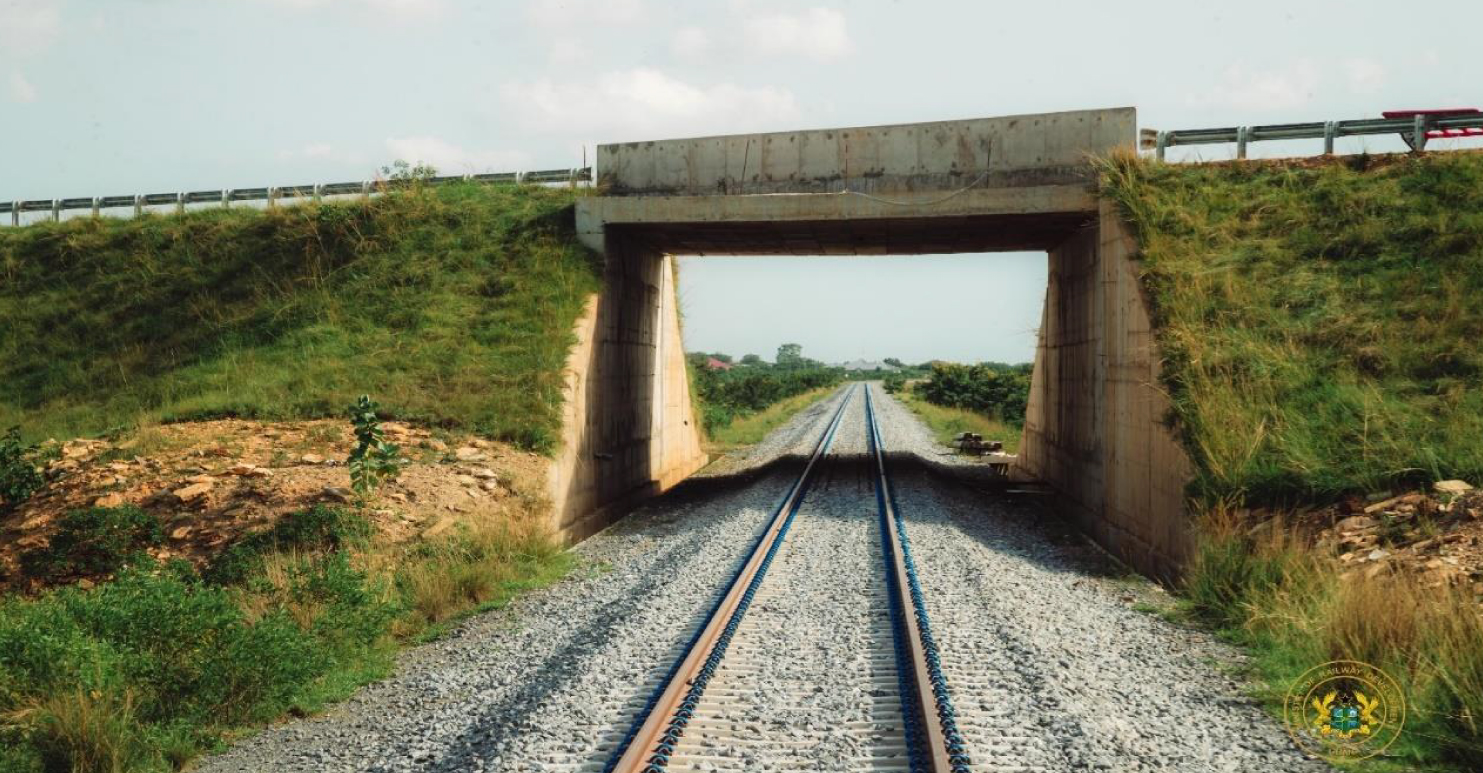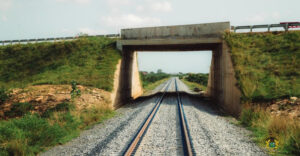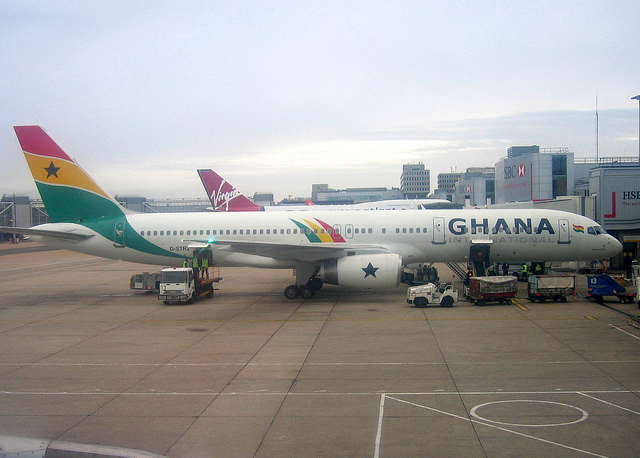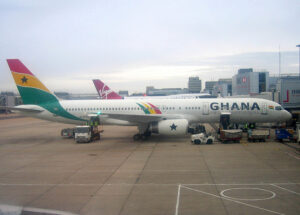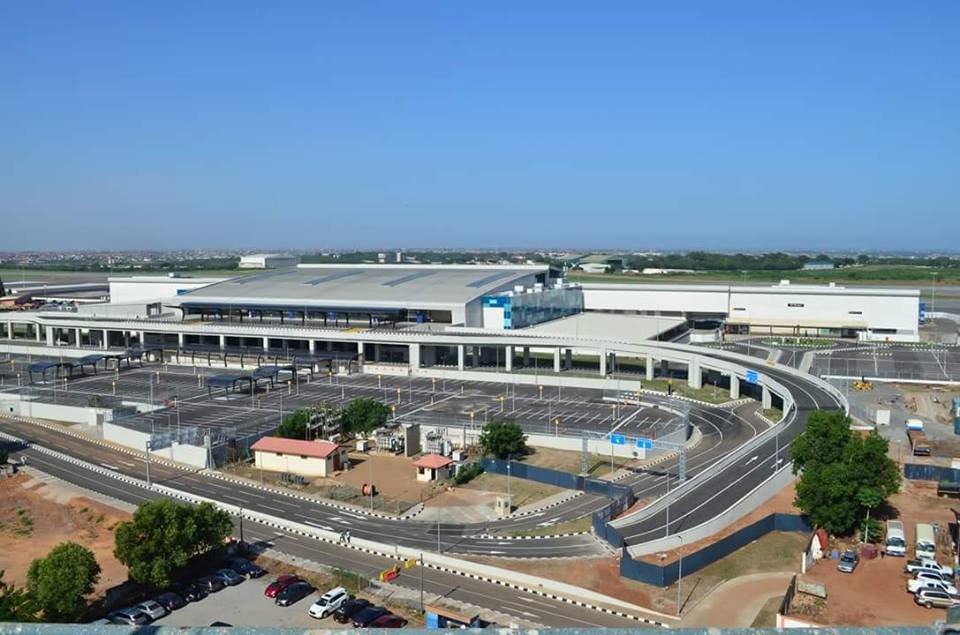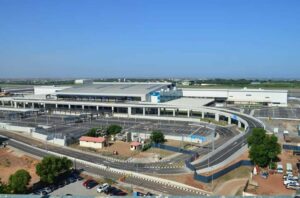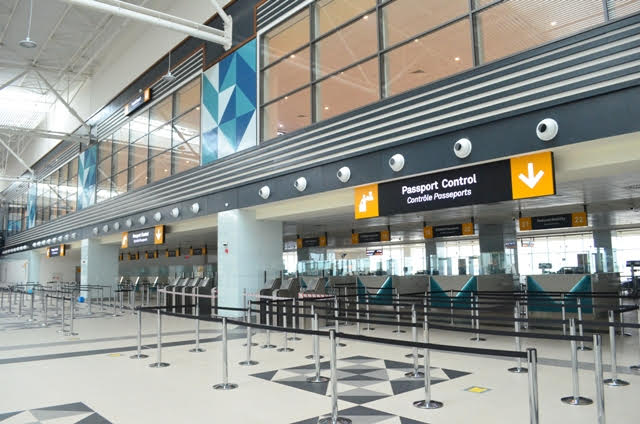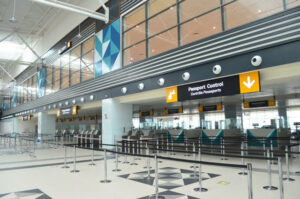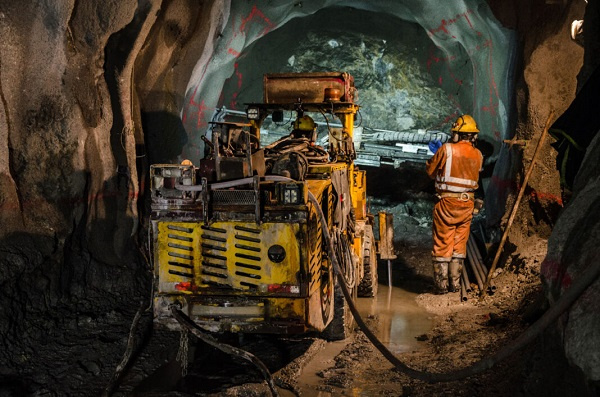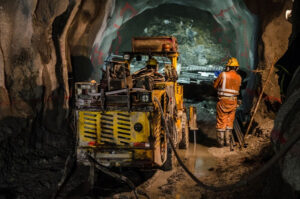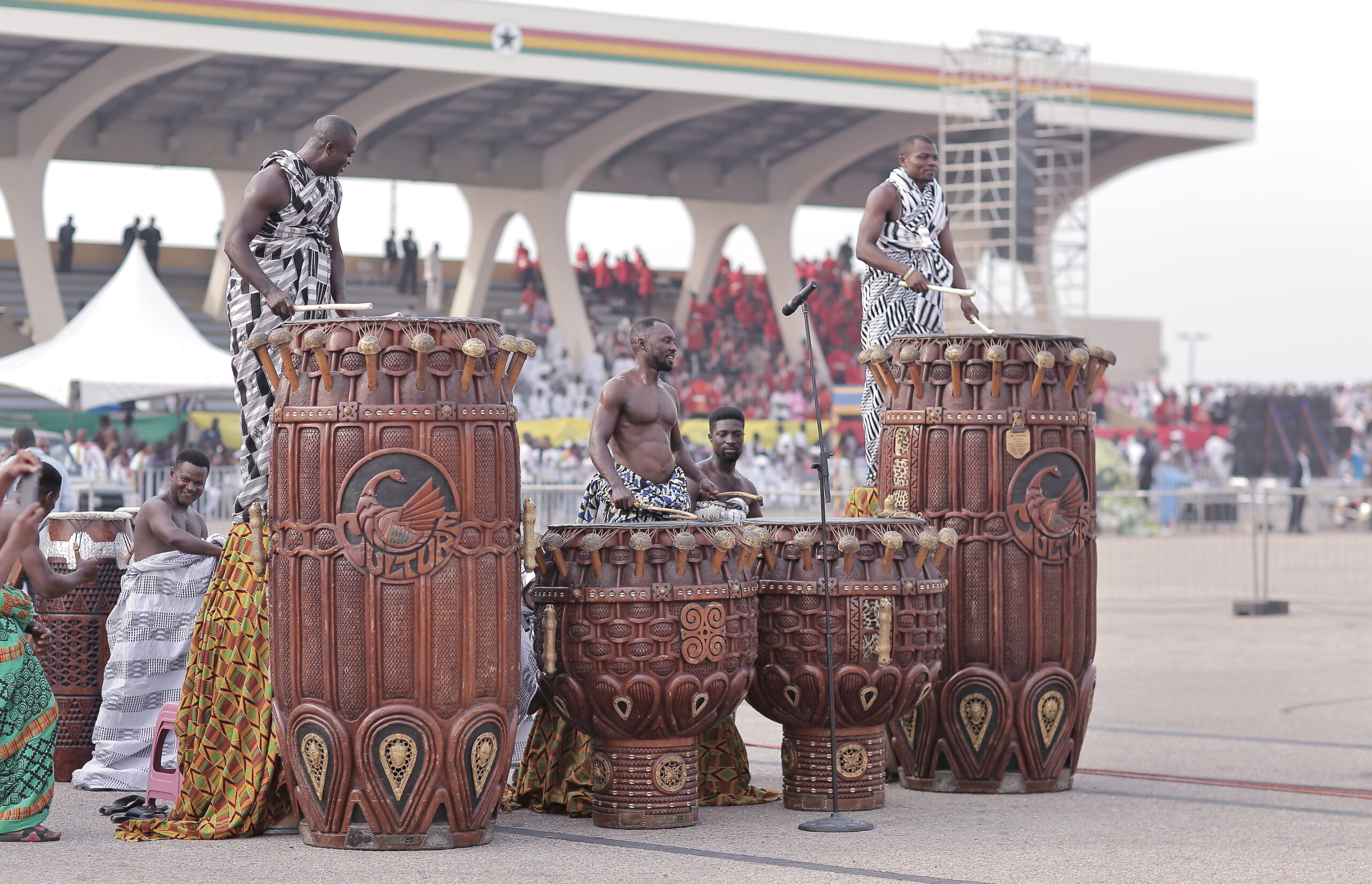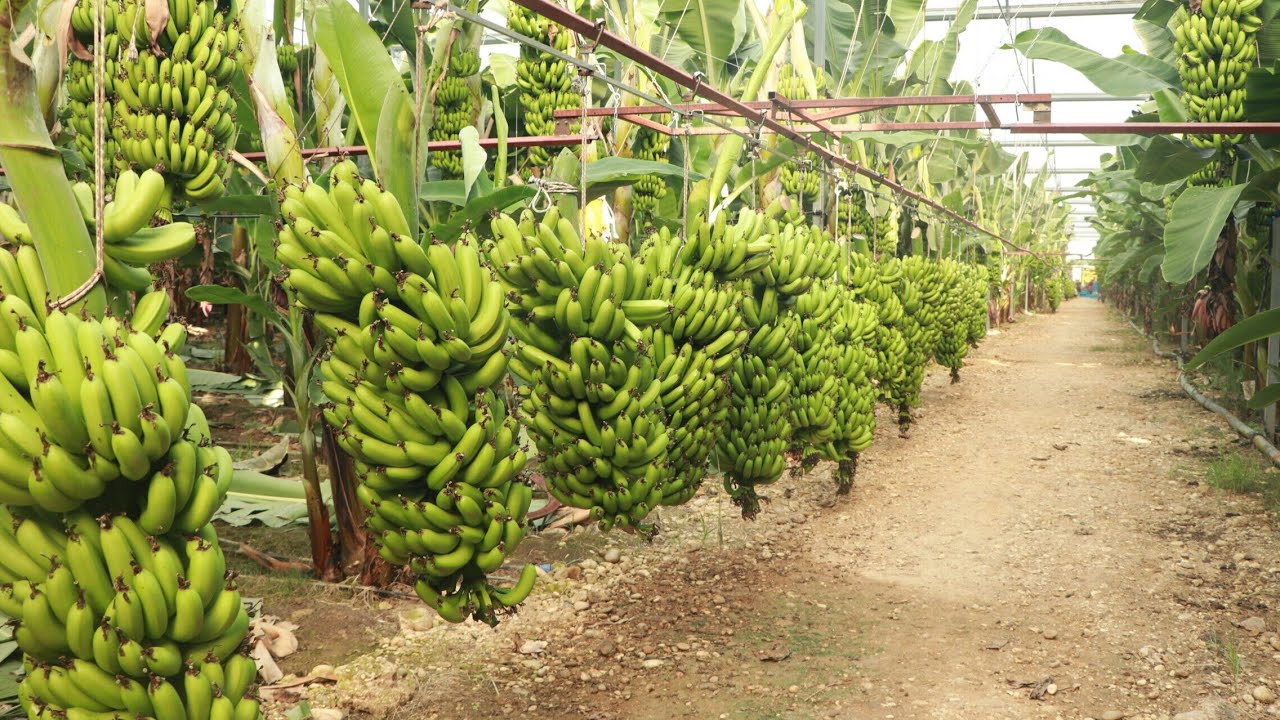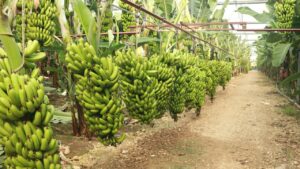The Ghanaian coastal stretch experiences extensive beach erosion, mainly due to the impact of wave action. Currently, the Mensah Guinea, Ningo-Prampram, Cape Coast, Shama, Dixcove, and Anomabu coastal stretches are experiencing extensive beach erosion posing major threats to life and livelihood; as well as buildings, salt pans, fish landing sites, and other infrastructure sited in these areas. Governments over the years have been making investments in coastal protection in order to manage shoreline recession. Projects have been implemented at Keta, Ada, Atorkor-Dzita, Sakumono, Dansoman, Elmina, Takoradi, Axim, Dixcove, Adjoa, and Aboadze to manage shorelines. The proposed, Mensah Guinea, Apam, Kokrobite, Bortianor, Maritime University, Nungua, Takoradi, Anyanui, Essipong, Ningo-Prampram, and Anomabu Coastal Protection Projects are interventions meant to mitigate coastline recession and consequent losses.
Each of the projects is estimated to cost about US$150 million. The successful implementation of these projects will serve to manage shoreline protection for the protection of lives, existing and future physical and social infrastructural development; reclamation of land; development of fish landing sites and beaches; promotion of tourism; and enhancement of sanitary conditions. Also, investors will be encouraged to invest in infrastructure as a result of the reclamation of land.
PROJECT BACKGROUND
Beach erosion is experienced along many sections of the Ghanaian coastal stretch of about 550km, and results from several factors. The causes of coastal erosion are both natural and man-made. The main cause is wave action. Beach erosion along the Mensah Guinea, Apam, Kokrobite, Bortianor, Blekusu, Maritime University, Nungua, Takoradi, Anyanui, Essipong, and Ningo-Prampram coastal stretches has become a major threat to life and livelihood; as well as buildings, salt pans, fish landing
sites and other infrastructure sited in these areas.
Based on the foregoing, the Ministry of Works and Housing has conducted preliminary assessment of the ecological problems of the Cape Coast, Mensah Guinea, Apam, Kokrobite, Bortianor, Blekusu, Maritime University, Nungua, Takoradi, Anyanui, Essipong and Ningo-Prampram coastal stretches. It has been realized that technical feasible and economically viable coastal protection projects can be implemented at these sites.
The anticipated projects are:
- Mensah Guinea Coastal Protection Project (Behind Independence Square)
- Apam Coastal Protection Project
- Kokrobite Costal Protection Project
- Bortianor Coastal Protection Project
- Blekusu Coastal Protection Project (Phase II)
- Maritime University Coastal Protection Project
- Nungua Coastal Protection Project
- Takoradi Coastal Protection Project
- Anyanui Coastal Protection Project
- Essipong Coastal Protection Project
- Ningo-Prampram Sea Defence Project (A)
The scope of the implementation of the works under the projects includes, but not
limited to, the following activities:
- Provision of quarry products including the development of a quarry;
- Provision and supply of a dredger and construction equipment;
- Dredging of lagoon and management of spoil;
Construction of breakwaters, revetments, and groyne fields with beach
nourishment;
- De-infestation of the lagoon of water hyacinth;
- Development of measures to control pollution of the lagoon;
- Project management, relocation, and mobilization;
- Engineering and consultancy services including soil investigations, coastal
modeling and specialist studies.
The critical length of the coastal stretch to be protected for each project is about ten (10) kilometers; and the duration of each project is about 4 years. In the execution of each project, consultancy services i.e. contract administration, management and supervision for the project would run concurrently with the construction phase.
PROJECT OBJECTIVES
1. Protect lives;
2. Protect existing and future physical and social infrastructural development;
3. Reclaim land;
4. Develop fish landing sites and beaches;
5. Enhance fishing and commercial activities;
6. Promote tourism;
7. Enhance sanitary conditions
8. Promote environmental health condition of lagoons
EXPECTED OUTCOME
The expected outcomes of the implementation of the projects are:
Fisheries
Fish is an important source of protein for the Ghanaian diet. Fisheries are the most important source of livelihood or income supplement for residents of the project area, and any reduction of fisheries sources could adversely impact the local population. The ecological restoration of lagoons and the protection of coastal stretches would enhance greatly the development of the fishing communities.
Tourism
The project areas have huge potential for tourism. Prominent among them are the fine beaches and project environs that could be developed into hotels and holiday resorts. The implementation of the projects would add to these tourist attractions and provide tourists with the opportunity to engage in water sports on the lagoon and swimming activities on the beach.
Commercial Industries
The project areas have great potential as major commercial centers. Also, the project areas are located in regions that are home to many agricultural produce. The restoration of lagoons and protection of coastal areas against beach erosion would enhance the establishment of industries including salt, food, and fish processing plants.
Health Sector
The implementation of ecological restoration and coastal protection projects would inevitably result in the improvement of the health of the communities. This would impact positively on the economic and social status of local inhabitants.
ESTIMATED COST
The preliminary estimated project cost of each project is about US$ 150 million. The actual cost of each project would be determined upon detailed design. Each project can be executed in phases.
REMARKS
For all the projects, feasibility studies are yet to be prepared
CONTACT INSTITUTION
Ministry of Works and Housing
P.O.Box M43
Accra.
Telephone: 0302-685550/0302-685519
The Chief Executive Officer Ghana Investment Promotion Officer
P. O. Box M 193 Accra, Ghana Tel:0302665125-9
Email: yofi.grant@gipcghana.com

